Window Prices in Saskatoon

Home Renovation Tax Credit
Under this non-refundable tax credit, Saskatchewan homeowners may save up to $2,100 in provincial income tax by claiming a 10.5 per cent tax credit on up to $20,000 of eligible home renovation expenses.
4 facts about Ecoline Windows Saskatoon:

Ecoline Windows installs a wide variety of energy-efficient windows, garden and exterior doors in Saskatoon. We strive to help you find the best options for your specific area; hence, we designed a Perfect Window Search where you can see all available window styles. In addition, our Windows Replacement Cost Calculator aims to help you set the right expectations and budget according to your specific needs.
Please, contact our office in Saskatoon if you have any questions or suggestions regarding your replacement windows. We are happy to read your honest feedback since it helps us to evaluate and improve our performance.
Ecoline’s Hassle-Free Warranty

We are local, transparent and strive to build long-term relationships with all our clients. Your satisfaction is our reputation. That’s why all our windows come with a direct warranty from the manufacturer on:
- Vinyl Frame
- Seal Failure
- Hardware
- Installation
- Labour
Come Visit Ecoline in Saskatoon!
We are always happy to chat with our customers face-to-face. Feel free to visit any of our showrooms across Canada to learn more about our products and services.
Ecoline Windows Saskatoon
by appointment only
Working directly with homeowners in Saskatoon and all surrounding areas, including:
Our Replacement Windows Collection in Saskatoon





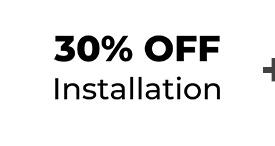





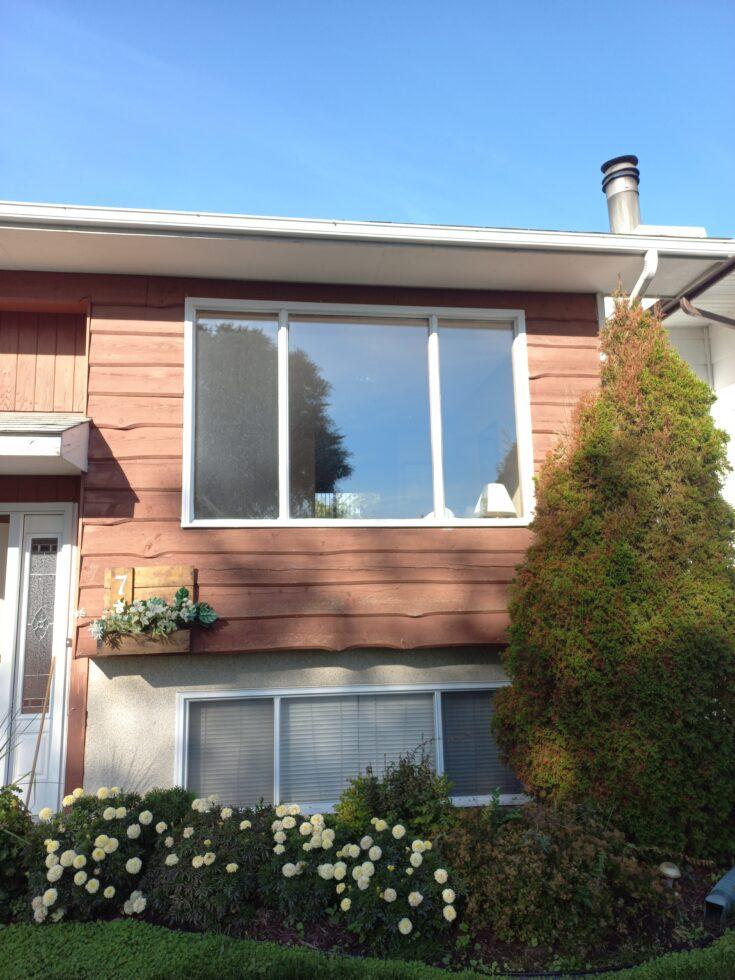
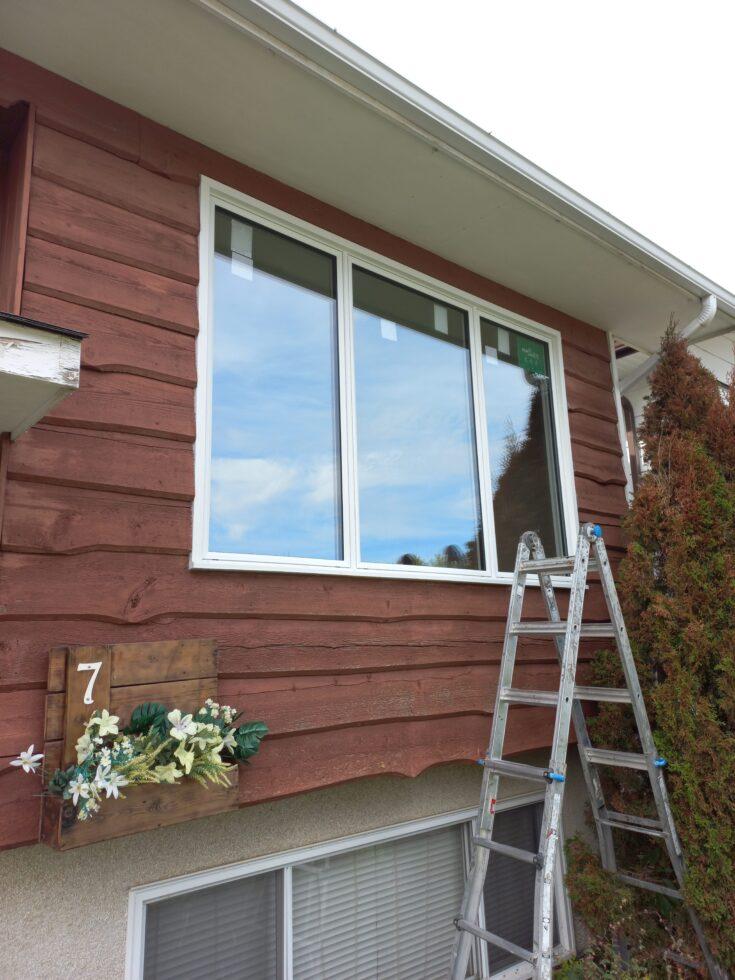
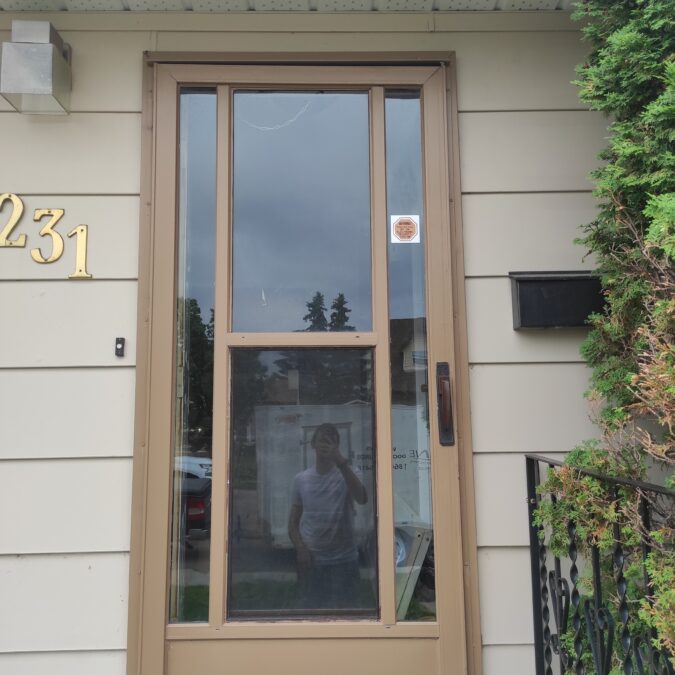
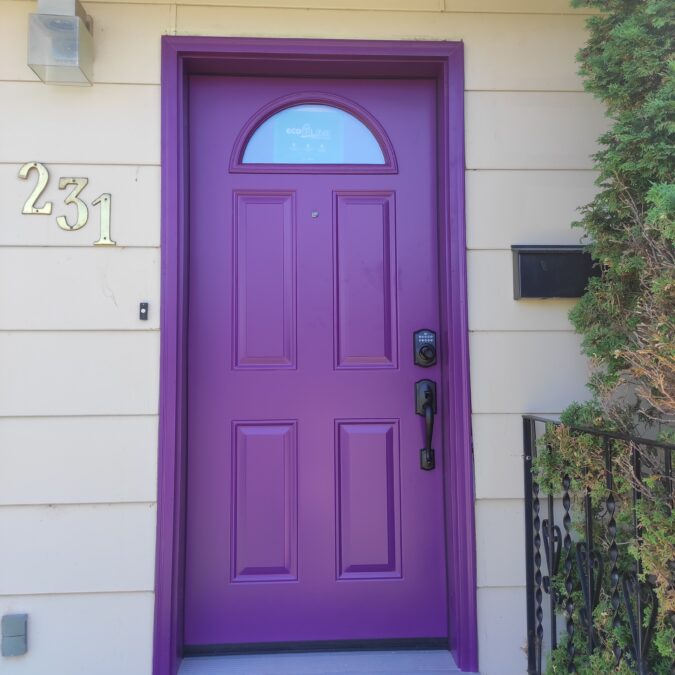
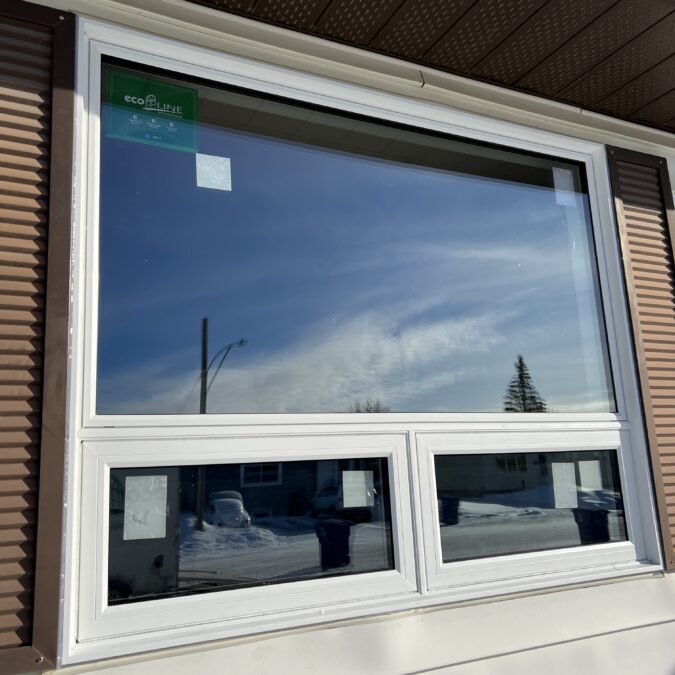
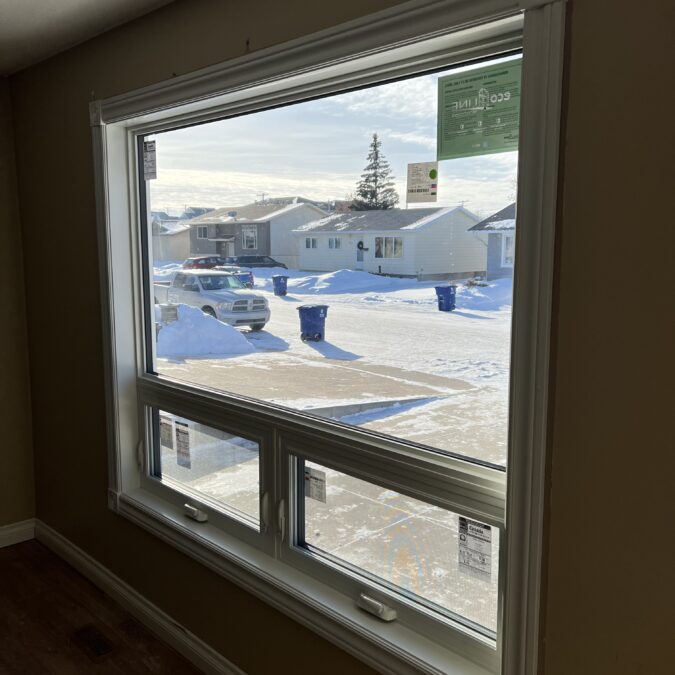
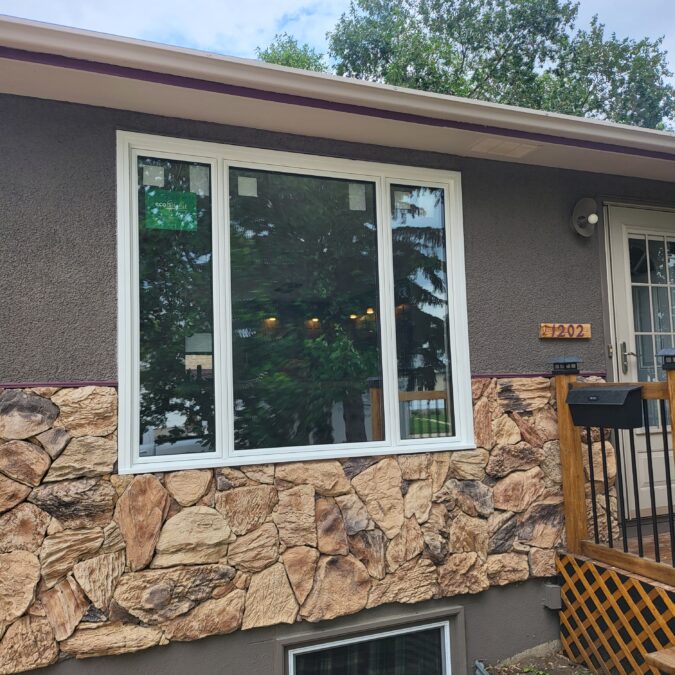
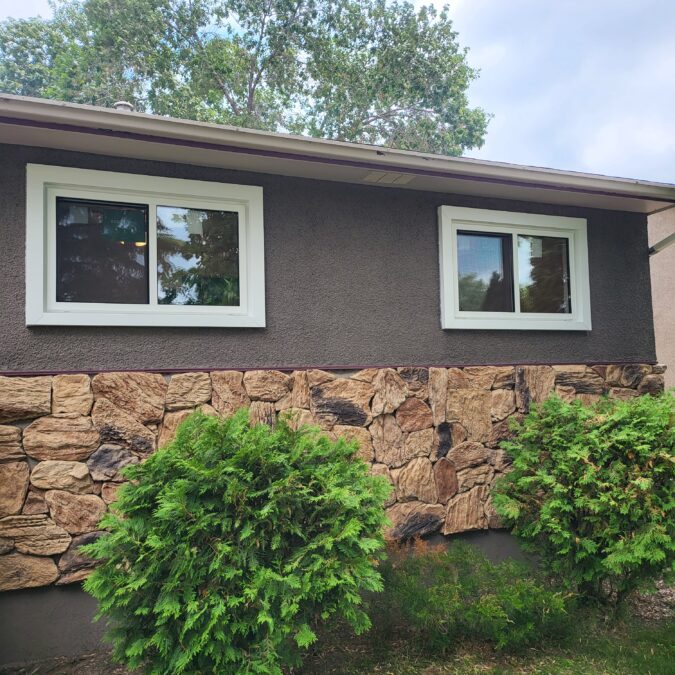
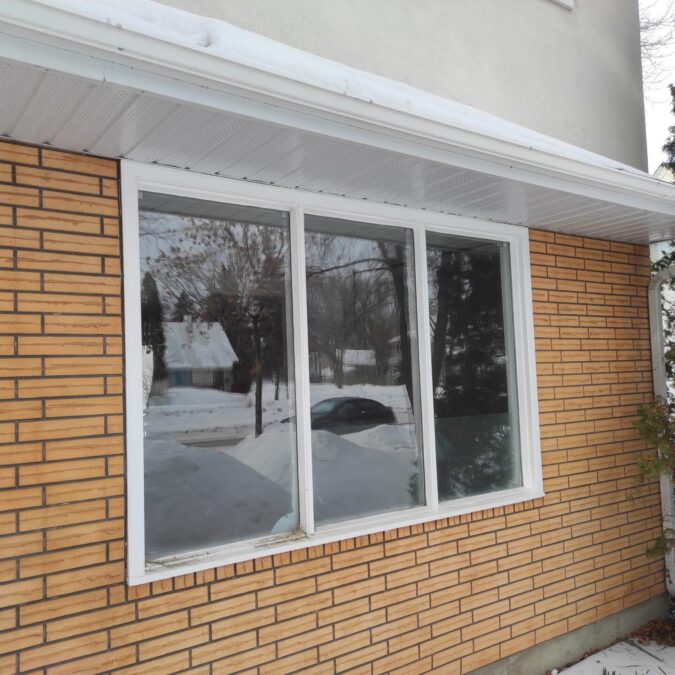
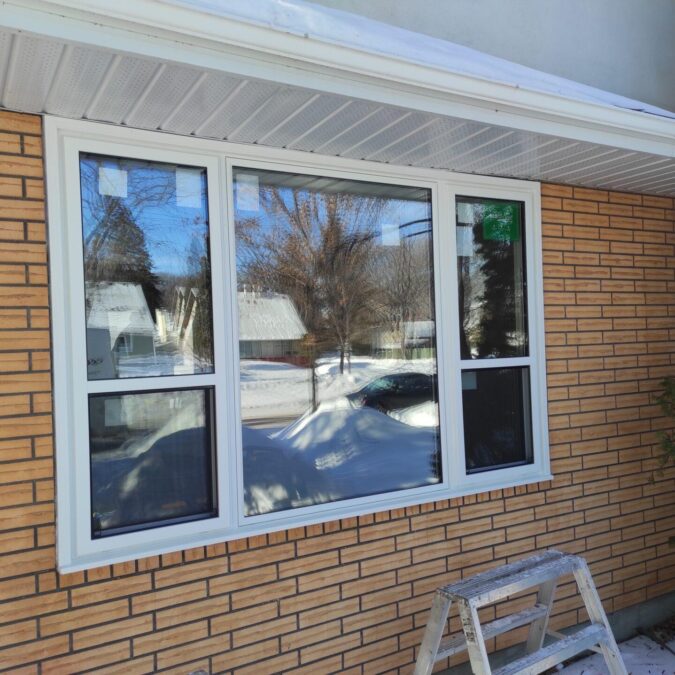
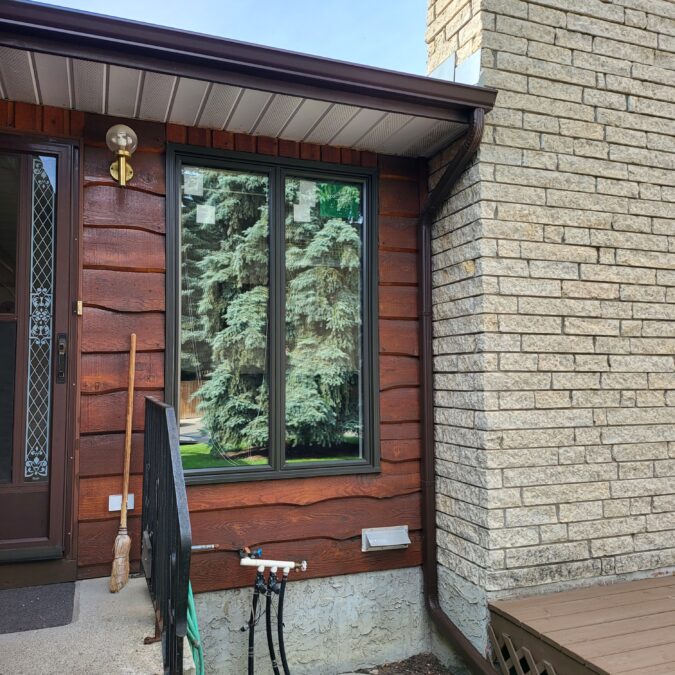
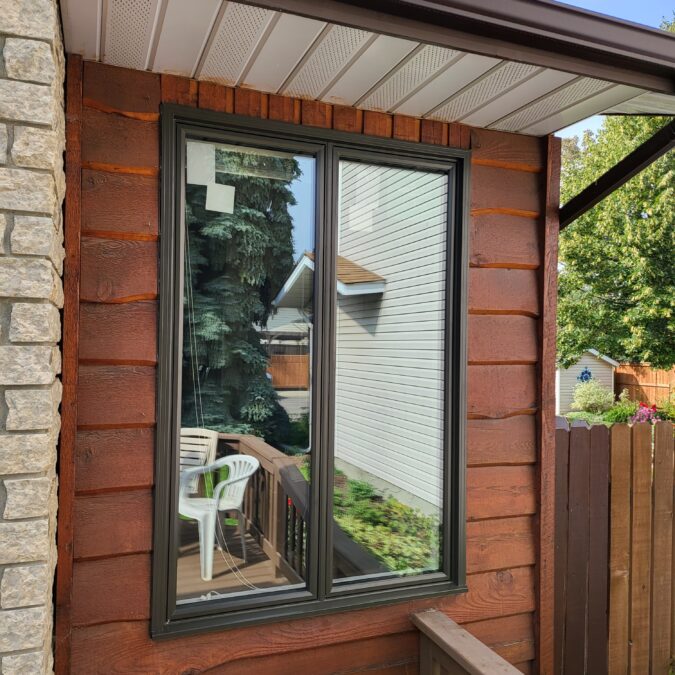
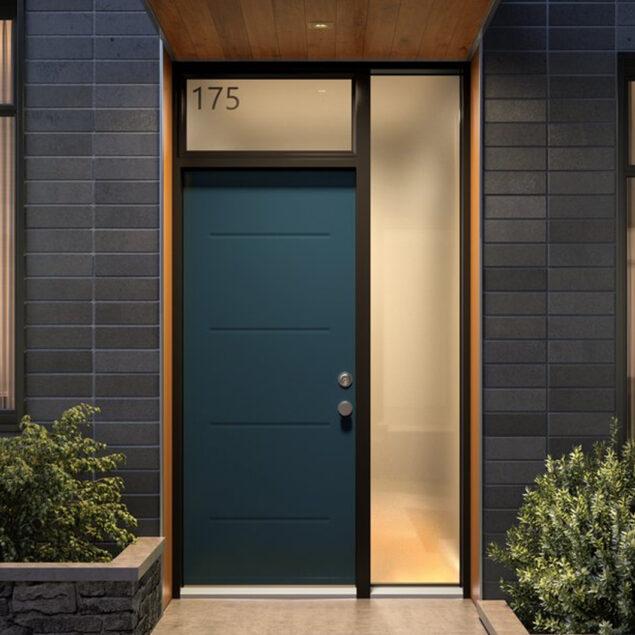
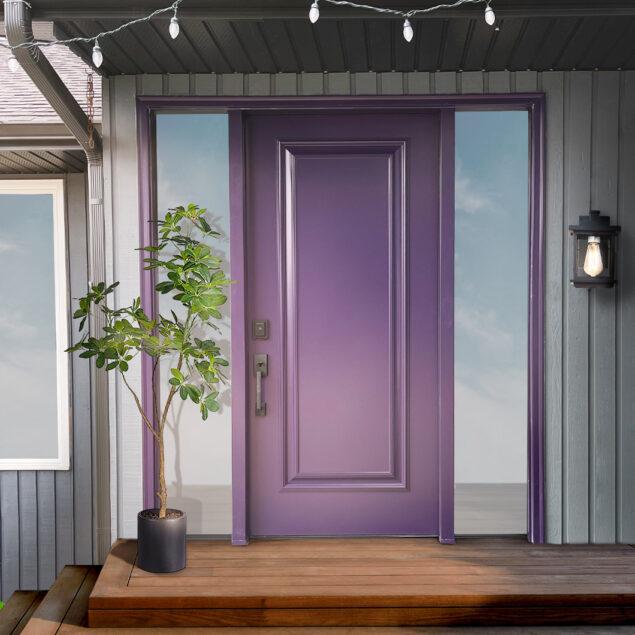
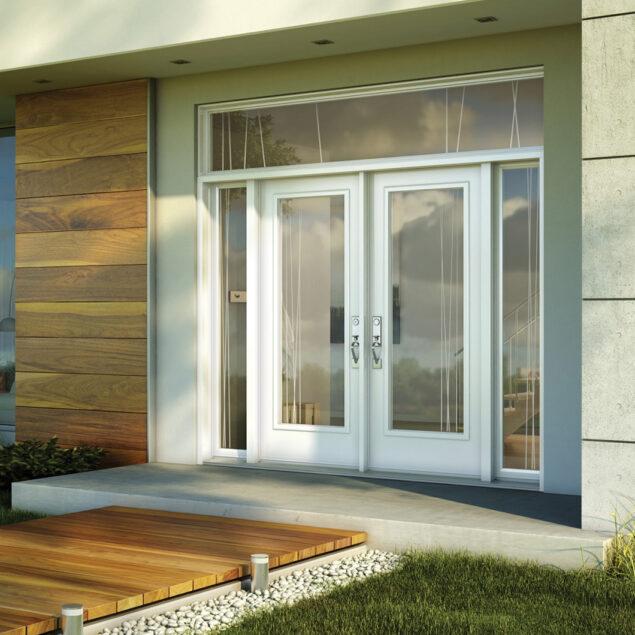

Recent Comments
F.A.Q.
What payment options do you offer in Saskatoon?
In partnership with lots of financial companies, we provide a variety of financing options. You could get up to 12 months payment elongation and low interest financing for the new windows and doors in Saskatoon.
How much does a replacement window project cost generally in Saskatoon?
The window replacement options you pick for your house in Saskatoon determine the price of your windows. Buying new windows (and doors) is similar to investing in long-term properties. You shouldn’t have to worry about frequent replacements once you get the job done right.
What is the warranty for your windows and doors in Saskatoon?
All our windows and doors in Saskatoon come with a 25-year warranty on product and labour. No fine print and no excuses.
Where are your windows manufactured?
Our windows are manufactured in Ontario to ensure that they meet our stringent quality standards needed to be installed in all Canadian regions, including Saskatoon.
How long does the project take to complete in Saskatoon?
Our professional installers strive to deliver and install your new windows from 6 to 10 weeks once the contract is signed.
What are the advantages to triple pane windows over double pane?
Triple pane windows are all about superb energy efficiency. They are a perfect choice to prevent cold air from entering your home and warm air from escaping it. Having an additional pane of glass triple pane windows also allow for more additional features to be used on your windows. Taking into account the harsh weather conditions in Saskatoon, triple-glazed windows are recommended there.
Ecoline Windows Saskatoon: Our Manufacturing Process
Cutting-Edge Technology
Unmatched Energy Efficiency
Industry Experts
State-of-the-Art Facility
Ecoline Windows Installers:
Expertise, Craftsmanship and Professionalism
Residential Window Replacement Specialists
Dedicated In-House Team
Adherence to Standards
Post-Installation Review
More recommendations from our
blogGet a Free Online Quote
(780) 628 2915
100, 17866 106A Avenue,
Edmonton, AB, Canada,
T5S 1V3
(403) 668 1447
10905 48 St SE, Unit 151,
Calgary, AB T2C 1G8
(204) 272 5750
12-1333 Niakwa Rd E,
Winnipeg, MB R2J 3T5
(306) 988 8456
155-199A N Leonard St
Regina, SK, S4N 5X5
(306) 500-7502
3-3603 Millar Avenue
Saskatoon, SK, S7P 0B2
(778) 357 0485
1750 Coast Meridian Rd #102,
Port Coquitlam, BC V3C 6N9
(613) 903 7005
2081 Merivale Rd #201, Ottawa, ON, Canada, K2G 1G9
by appointment only
(250) 999 3557
107-1875 Boxwood Rd
Nanaimo, BC, V9S 5X9
(250) 800 9314
535 Yates Street Suite 200,
Victoria, BC V8W 2Z6
(403) 668 1447
10905 48 St SE, Unit 151,
Calgary, AB T2C 1G8
(778) 721 8323
180-1855 Kirschner Road,
Kelowna, BC V1Y 4N7
(403) 668 1447
7819 50 Ave unit 1a,
Red Deer, AB, T4P 1M8
Request a Call Back
Book an Appointment
Your address
Book an Appointment
Order type
Book an Appointment
Desired date and time
Book an Appointment
Contact information
Appointment details